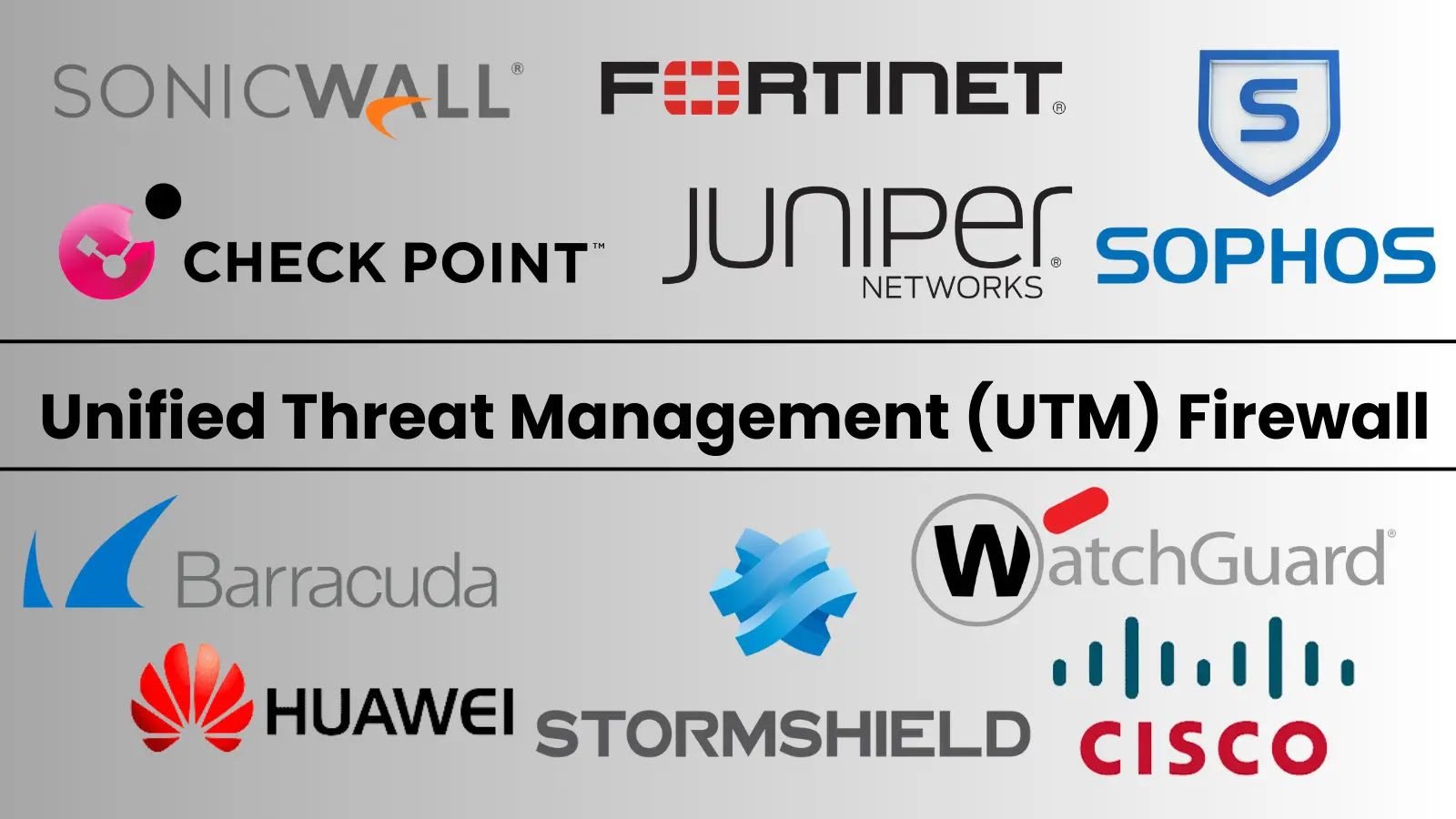Exploring the Latest Trends in Firewall Technology
Firewalls remain a critical component of network security, acting as the first line of defense against cyber threats. As technology advances and cyber threats evolve, firewall technology continues to adapt to provide more robust protection. Here are some of the latest trends in firewall technology:
- Next-Generation Firewalls (NGFWs): NGFWs combine traditional firewall capabilities with additional features such as intrusion detection and prevention, deep packet inspection, SSL and SSH decryption, application awareness, and more. They offer enhanced visibility into network traffic and better protection against advanced threats.
- Cloud-based Firewalls: With the increasing adoption of cloud computing and remote work, traditional on-premises firewalls may not be sufficient to protect cloud-based assets and remote users. Cloud-based firewalls provide security controls that are specifically designed for cloud environments, offering scalable and flexible protection.
- Zero Trust Security: Zero Trust Security is a model that assumes that threats may exist both inside and outside the network. Instead of trusting entities based on their location (inside or outside the network), Zero Trust Security requires strict identity verification and access controls. Firewalls play a crucial role in implementing Zero Trust principles by enforcing granular access policies based on user identity, device posture, and other contextual factors.
- Application-Aware Firewalls: Traditional firewalls focus on filtering traffic based on IP addresses and ports. Application-aware firewalls take this a step further by inspecting traffic at the application layer and applying policies based on specific applications or services. This allows for more precise control over the types of traffic allowed or blocked.
- Integrated Threat Intelligence: Firewalls are increasingly integrating threat intelligence feeds to enhance their ability to detect and block malicious activity. By leveraging threat intelligence data from various sources, including internal and external feeds, firewalls can identify and mitigate threats more effectively.
- Software-defined Networking (SDN) Integration: SDN allows for centralized management and programmability of network infrastructure. Integrating firewalls with SDN enables dynamic and automated policy enforcement based on network conditions, application requirements, and security posture.
- Behavioral Analysis and Machine Learning: Advanced firewalls employ behavioral analysis and machine learning algorithms to detect anomalies and suspicious behavior within network traffic. By continuously analyzing patterns and deviations from normal behavior, these firewalls can identify previously unknown threats and zero-day attacks.
- Secure Access Service Edge (SASE): SASE is a framework that combines network security functions (such as firewalling and secure web gateways) with wide-area networking (WAN) capabilities in a cloud-native architecture. SASE aims to provide comprehensive security and networking services to edge locations, including branch offices, remote users, and IoT devices, through a unified, cloud-delivered platform.
In summary, the latest trends in firewall technology emphasize advanced threat detection and prevention capabilities, cloud-native architectures, integration with emerging technologies such as SDN and machine learning, and the adoption of Zero Trust Security principles to enhance overall network security posture.





